It was supposed to be a summer filled with adventure, thrills, and social, emotional, and spiritual growth. I was 700 miles away in the breathtaking Klamath National Forest with a group of high schoolers I didn’t know. Whitewater rafting, backpacking, zip-lining were just some of the experiences on the agenda, aimed at growing and stretching us physically and emotionally. Despite the fact that I had “swam” all of my life in pools and water parks, nothing could prepare me for the rapids that would pull me under, prompting two people to rescue me.
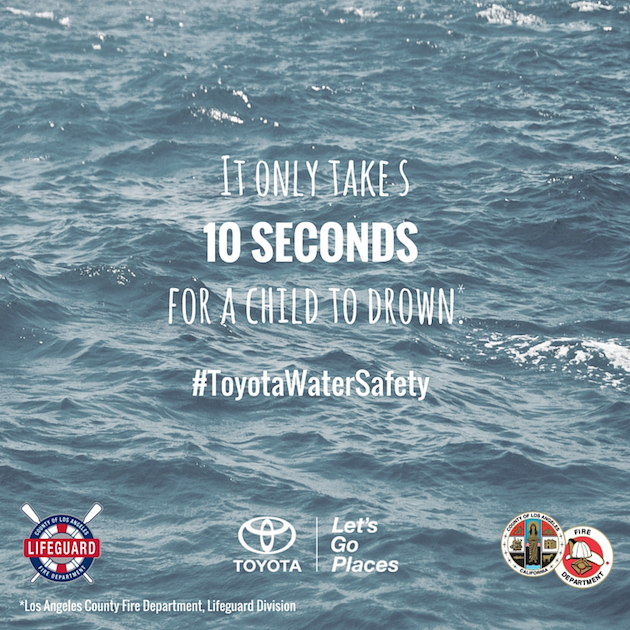
What You Need To Know About Drowning
- It only takes 10 seconds for a child to drown.
- Drowning is the leading cause of injury-related death in children ages 1-4.
- More than half of all child drowning deaths occur among children ages 0-4.
- Nearly 800 children drown in the US every year.
- 2/3 of these deaths occur during May-August.
- Children under the age of 1 are more likely to drown at home.
- Children ages 1-4 are more likely to drown in a pool.
- Children ages 5-17 are more likely to drown in natural water.
- Drowning is silent as there may be very little screaming or splashing.
- Swim lessons are essential, but skill level varies. One study revealed that 47% of children ages 10-17 who drowned in a pool reportedly knew how to swim.
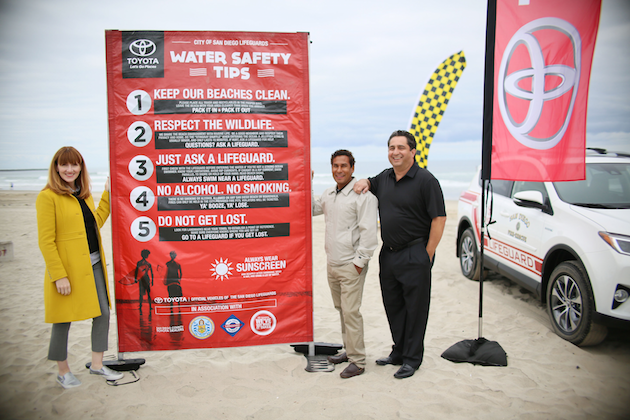
Our warm, extended summers mean that our family will likely be swimming at the beach and our local pool into September. Before you head into the water, be sure to review these important Water Safety Tips, courtesy of Toyota and Safe Kids Worldwide.

Life-Saving Water Safety Tips – How to Prevent Drowning
- Learn To Swim: Learning to swim is the best defense against drowning. Children should be taught at an early age, as they tend to avoid instruction as they get older.
- Swim Near a Lifeguard: The chance of drowning at a beach without lifeguard protection is almost five times as great as drowning at a beach with lifeguards. The U.S. Lifesaving Association has calculated the chance that a person will drown while attending a beach protected by USLA affiliated lifeguards at 1 in 18 million (.0000055%).
- Swim with a Buddy: Many drownings involve single swimmers. When you swim with a buddy, the other may be able to help if you have a problem. At the very least, have someone onshore watching you.
- Check with the Lifeguards: Lifeguards can advise you on the safest place to swim, as well as places to avoid. Talk to them when you first arrive at the beach and ask for their advice.
- Learn Rip Current Safety: US Lifesaving Association has found that some 80% of rescues by USLA affiliated lifeguards at ocean beaches are caused by rip currents. If you are caught in a rip current, remain calm and don’t fight it by trying to swim directly to shore. Instead, swim parallel to shore until you feel the current relax, and then swim to shore. Most rip currents are narrow and a short swim parallel to shore will bring you to safety.
- Enter Water Feet First: Serious, lifelong injuries occur every year due to diving headfirst into unknown water and striking the bottom. Bodysurfing can result in a serious neck injury when the swimmer’s neck strikes the bottom. Check for depth and obstructions before diving, then go in feet first the first time. Use caution while bodysurfing, always extending a hand ahead of you.
- Obey Posted Signs and Flags: Read the signs when you first arrive and please follow their direction. Flags may be flown by lifeguards to advise of hazards and regulations that change from time to time.
- Wear a Life Jacket: In a boating accident, your chances of avoiding injury or death are greatly improved if you wear an approved life jacket.
- At Home You Are the Lifeguard: The CDC reports that drowning for children ages 1 to 4 are most likely to happen in a pool. Many of these deaths occur in the few moments it takes a parent to answer a telephone or doorbell. NEVER leave a child alone anywhere near a pool. Make sure it is completely fenced, that the fence is locked, and that there is no access from the home to the pool. Don’t let your children get into the pool when you’re not there.
- Use Sunscreen and Drink Water: Exposure to the sun affects your body. Without sunscreen, you can be seriously burned. The sun’s rays can also cause life-long skin damage and skin cancer. To protect yourself always choose “broad spectrum” sunscreen rated from 15 to 50 SPF, or clothing that covers your skin, and reapply sunscreen regularly throughout the day. The sun can also dehydrate you quickly. Drink lots of water and avoid alcohol, which contributes to dehydration. Lifeguards treat people for heat exhaustion and heat stroke from time to time. If you feel ill, be sure to contact a lifeguard.
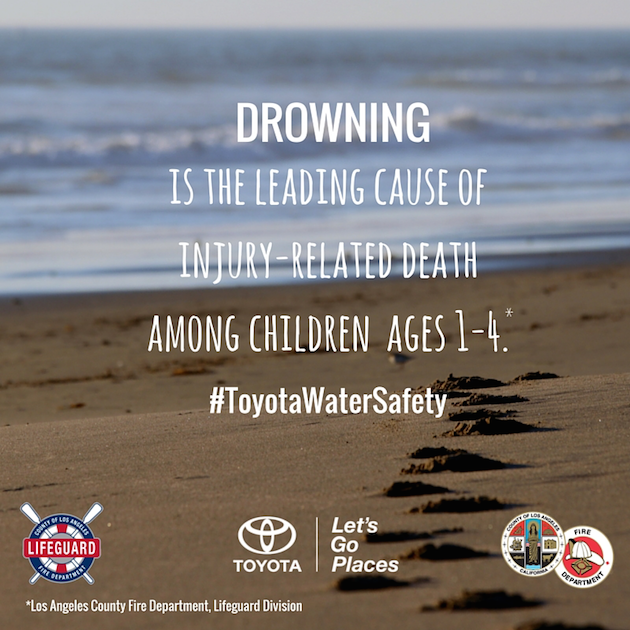
Water Survival Skills
- Step or jump into water over your head and return to the surface.
- Float or tread water for one minute.
- Turn around in a full circle and find an exit from the water.
- Swim 25 yards to the exit.
- Exit from the water. If in a pool, exit without using the ladder.
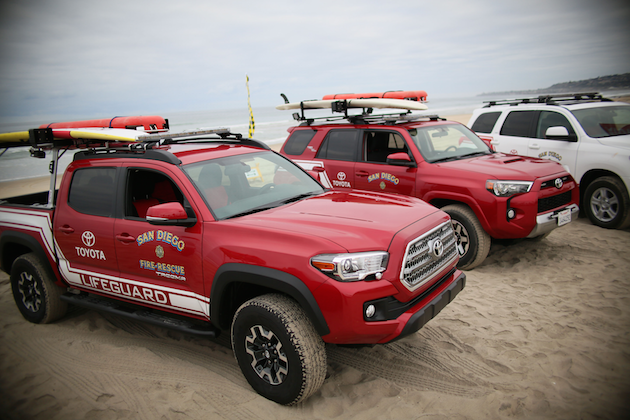
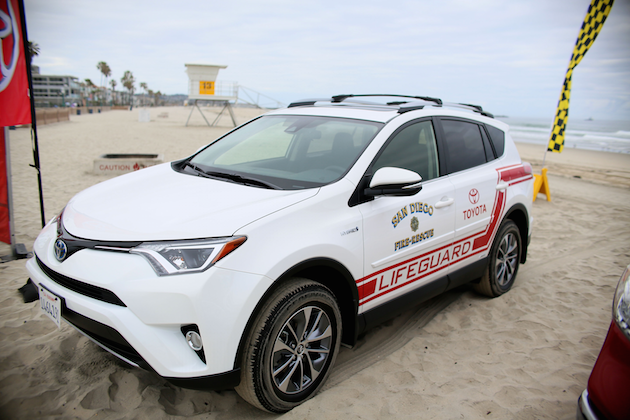
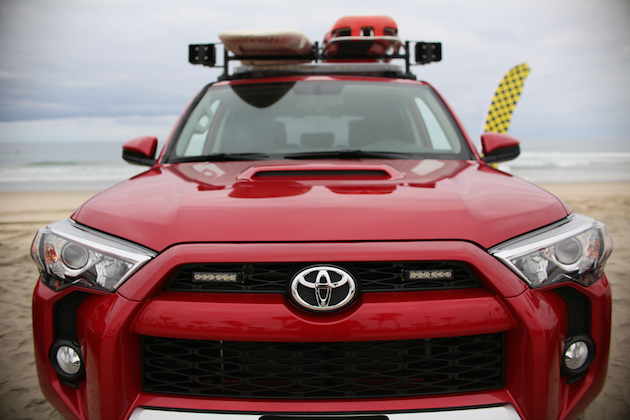
Toyota recently renewed its commitment to water safety by providing an additional 35 vehicles for lifeguard rescue and operations. The fleet includes SUVS and pick-up trucks such as the Tacoma, Tundra, 4Runner and Sequoia. The newest addition to the fleet is the 2017 RAV4 Hybrid, which was first released in 2015. This hybrid vehicle is the most fuel-efficient of the fleet, offering efficiency up to 34 miles per gallon. The RAV4 also includes the new Toyota Safety Sense package, designed to keep lifeguards safe behind the wheel and pedestrians safe around the vehicle.
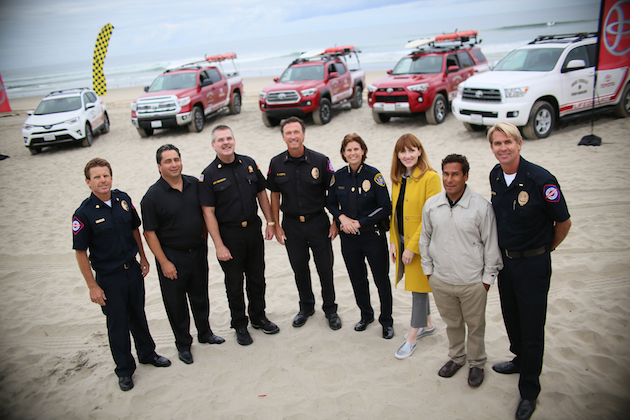
This multi-year partnership (now in its 6th year) reinforces Toyota’s commitment to creating safer communities here in Southern California through water safety practices and education. Toyota will also sponsor the lifeguards’ Water Safety Days Program in the community. You can find more information, including water safety tips, by visiting San Diego Lifeguard Services.
- Discover Luxury at Sonesta Irvine: Your Ideal Staycation - August 8, 2024
- CHOC Walk Returns to the Disneyland Resort – Special Events and Ways to Support - June 28, 2023
- Beastly Ball Returns to the Los Angeles Zoo - May 8, 2023

Leave a Reply